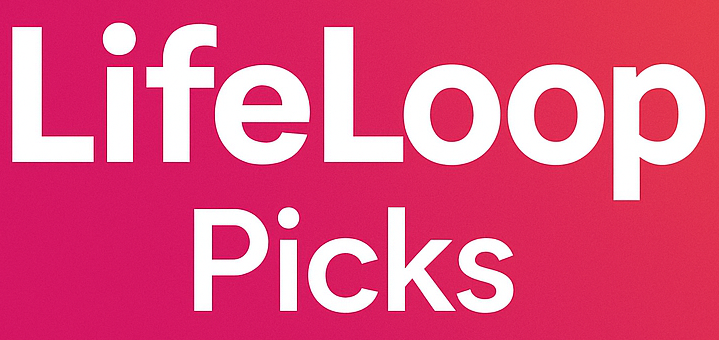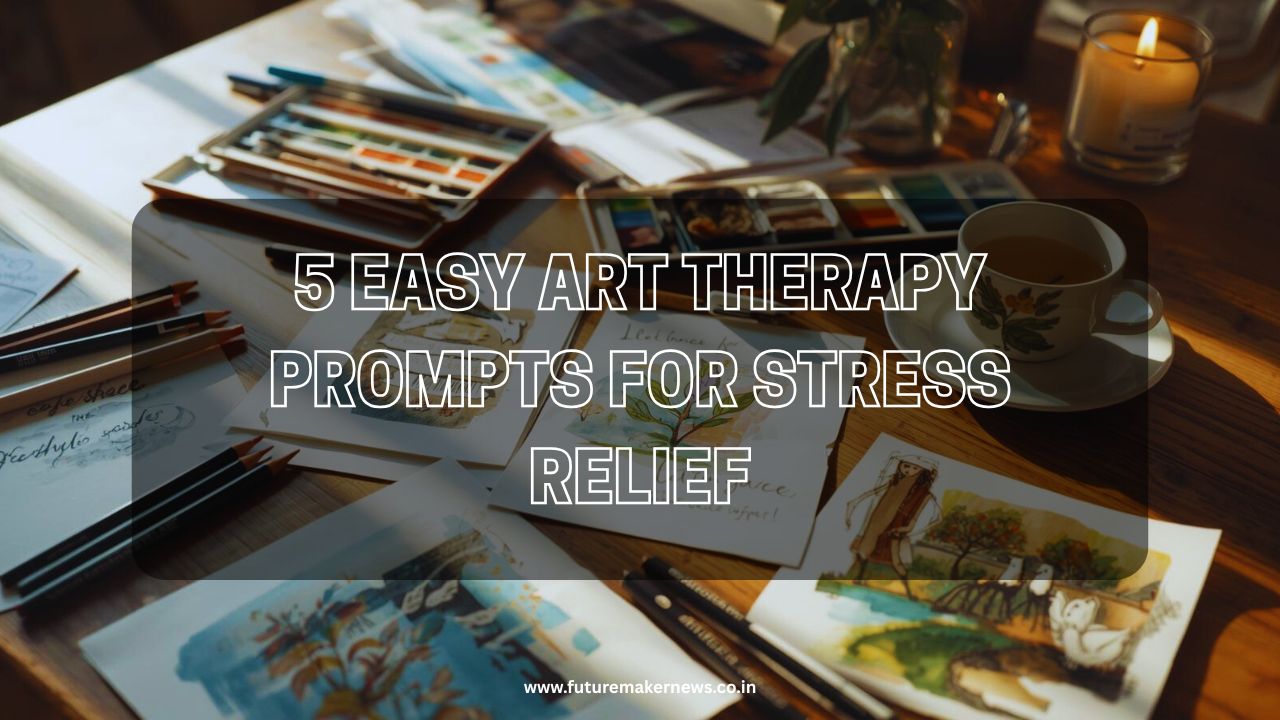In today’s fast-paced world, it’s easy to feel overwhelmed. Deadlines, social pressures, uncertainty — they all pile up and leave us mentally exhausted. But what if the secret to reducing anxiety and stress wasn’t another pill or productivity hack… but simply picking up a pencil, paintbrush, or even a crayon?
Welcome to the soothing world of art therapy — a creative, evidence-based practice that helps you express emotions, quiet your mind, and rediscover inner peace.
Whether you’re an artist or haven’t touched a paintbrush since childhood, these 5 simple art therapy prompts are designed to help you release stress, reduce anxiety, and reconnect with yourself — right from where you are.
What Is Art Therapy?
Art therapy is the process of using creative expression — such as drawing, painting, collage, or sculpting — to explore emotions, relieve stress, and enhance self-awareness.
You don’t need to be “good at art” to benefit. The goal isn’t to make something perfect; it’s to make something honest.
When you create art, you access parts of your brain that words can’t reach. Colors, shapes, and textures become a language for emotions that are often difficult to express verbally.
Benefits of art therapy include:
- Reduces anxiety and promotes relaxation
- Helps process emotions safely
- Boosts mood and creativity
- Improves focus and mindfulness
- Enhances emotional resilience
It’s not about talent — it’s about healing through creativity.
Why Art Therapy Works for Anxiety & Stress
Art therapy works because it shifts your focus away from stressors and into a state of mindful flow — similar to meditation.
When you’re creating:
- Your breathing slows down.
- Your thoughts become quieter.
- Your body releases tension.
- Your mind enters the “present moment.”
Essentially, art therapy transforms overwhelming emotions into visual form, allowing you to see them, understand them, and let them go.
Whether you draw with markers or sculpt with clay, the process becomes a gentle form of emotional release — one that’s grounding, comforting, and deeply personal.
How to Begin Your Art Therapy Practice
You don’t need expensive materials or special skills. Just grab what you have — pens, colored pencils, markers, watercolors, or even a notebook.
Here are a few tips before you start:
- Create a safe space: Sit somewhere calm and comfortable.
- Set an intention: “I want to release stress,” or “I want to feel peace.”
- Let go of judgment: There’s no right or wrong way to create.
- Focus on the process, not the result.
Now, let’s explore the 5 simple art therapy prompts that can help you find relief and reconnect with your inner calm.
1. Draw Your Emotions
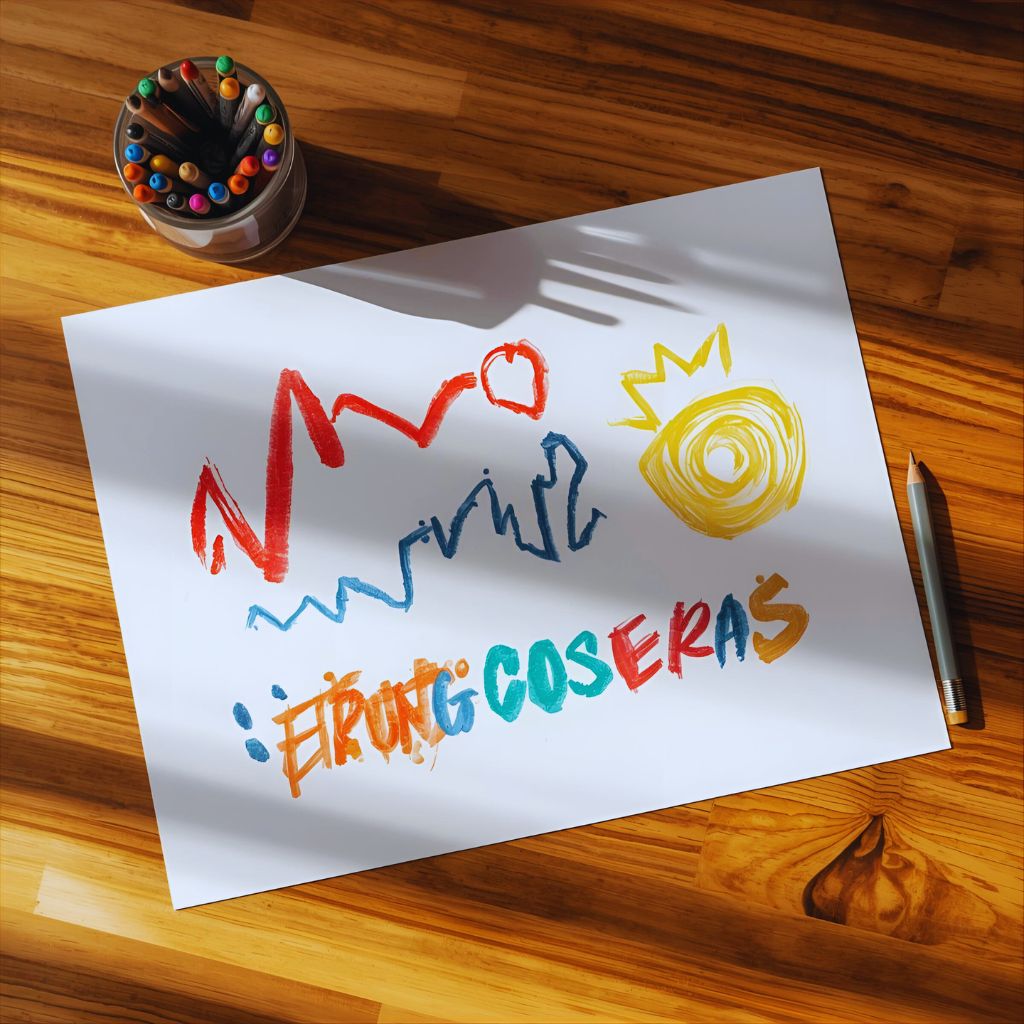
This is one of the simplest yet most powerful art therapy activities for stress relief.
How to do it:
- Take a blank sheet of paper.
- Choose a color that represents how you feel right now — anxious, sad, tired, hopeful, or peaceful.
- Begin drawing abstract shapes, lines, or patterns that express that emotion.
You don’t need to draw anything specific — let your hand move freely. Maybe your anxiety looks like sharp zigzags, or your sadness feels like flowing blue waves.
Why it helps:
Translating your emotions into colors and shapes helps your brain externalize them — so they no longer stay trapped inside. It’s a form of emotional detox.
Pro Tip: After finishing, take a moment to look at your artwork and ask yourself, “What does this emotion want me to know?” The answers might surprise you.
2. Create a Safe Place Collage
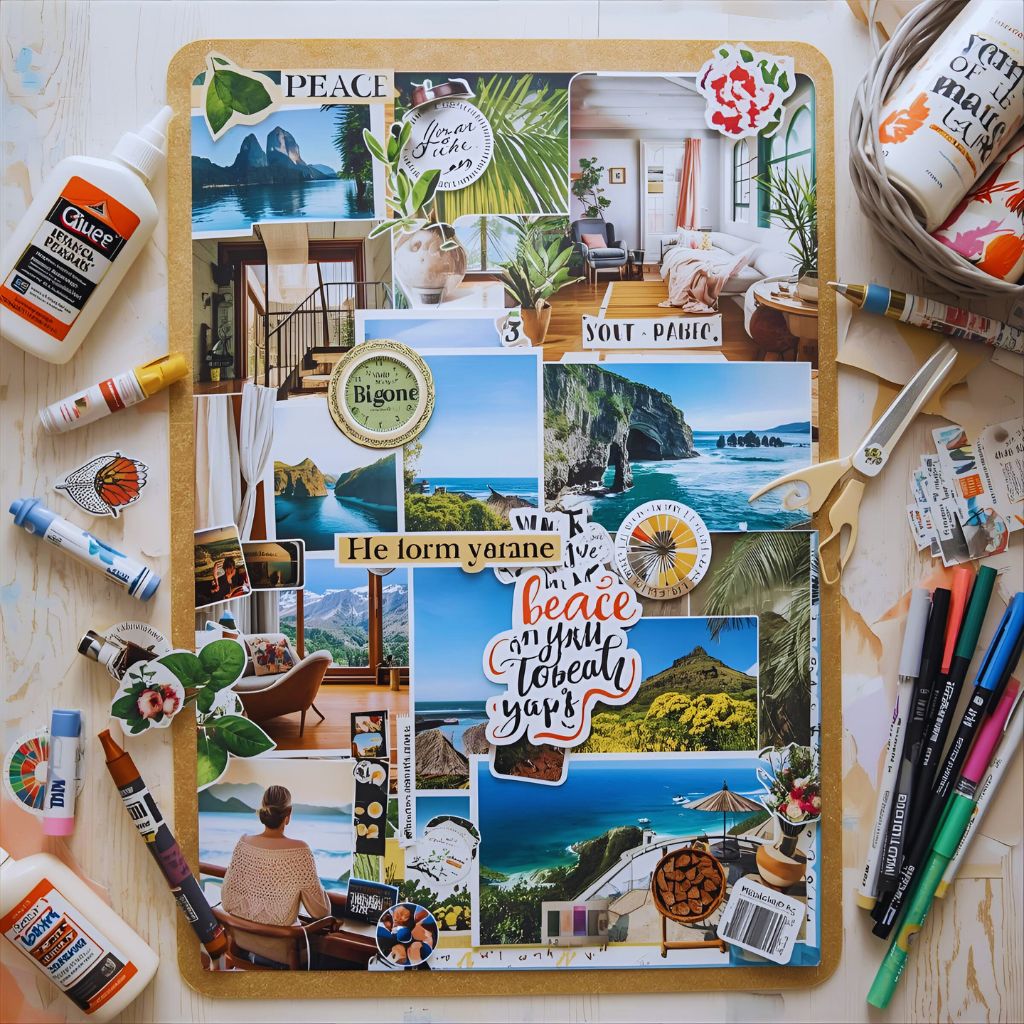
When anxiety strikes, it often feels like there’s no escape. This art therapy prompt for anxiety helps you create a visual sanctuary — a place of calm you can return to anytime.
How to do it:
- Gather magazines, photos, or printouts of images that make you feel peaceful (nature, cozy rooms, oceans, etc.).
- Cut them out and glue them onto a blank page or poster board.
- Add colors, doodles, or words that describe calmness — “breathe,” “peace,” “stillness.”
Why it helps:
By visually creating your safe space, you’re teaching your brain to recognize what calm looks and feels like. Every time you feel anxious, you can look at your collage to ground yourself.
Optional twist:
Draw or paint your own safe space — real or imagined — and fill it with soothing colors.
3. The “Letting Go” Painting
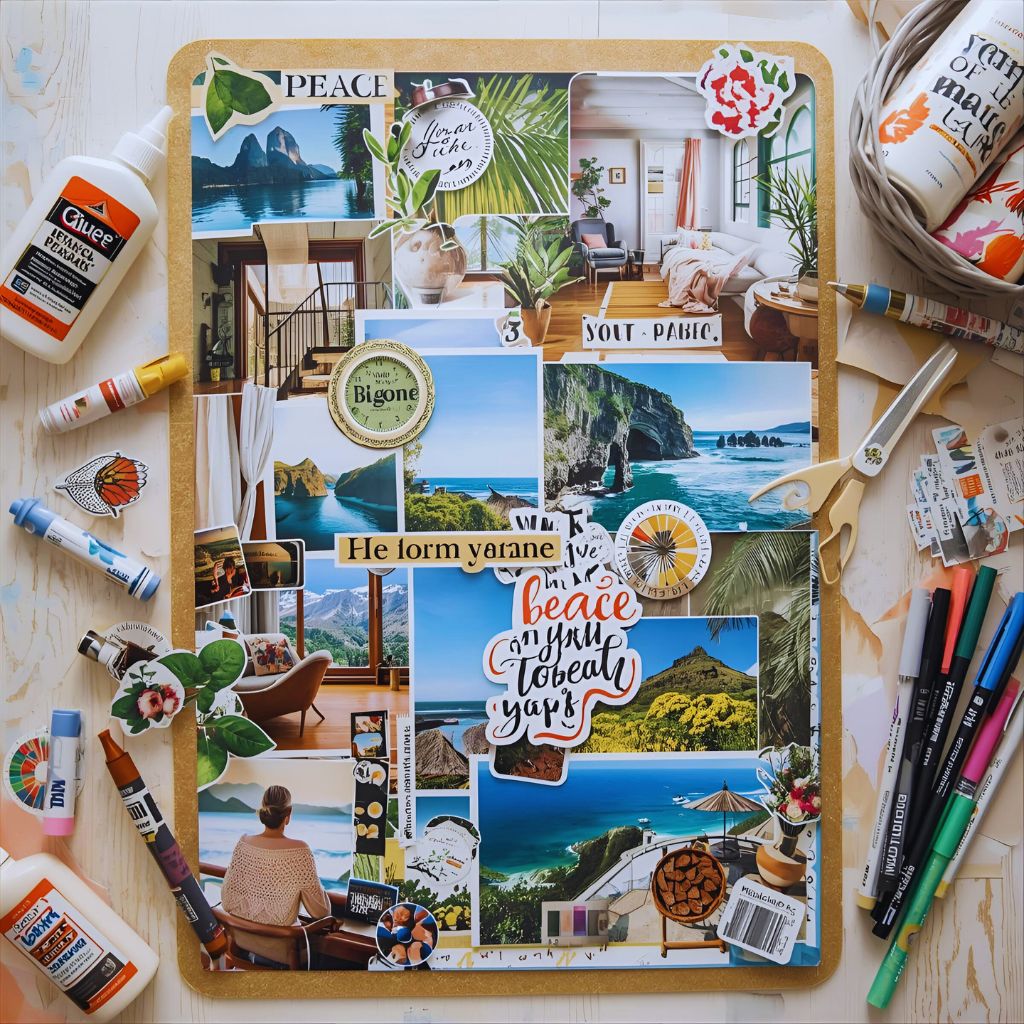
If stress feels like it’s weighing you down, this art prompt is about release and renewal.
How to do it:
- Write or scribble stressful words, thoughts, or worries onto a piece of paper.
- Now, paint or draw over them.
- Use bright, healing colors — blues, greens, pinks, or golds — to completely cover the words.
As you paint, imagine your stress dissolving into the colors, becoming lighter and softer.
Why it helps:
This exercise is both symbolic and psychological. You’re literally painting over your stress, signaling to your mind that you’re ready to move forward.
Bonus tip:
If you prefer digital art, try this in a drawing app — use layers to write and then paint over your thoughts. The act of covering and transforming still works beautifully.
4. Draw Your Inner Calm
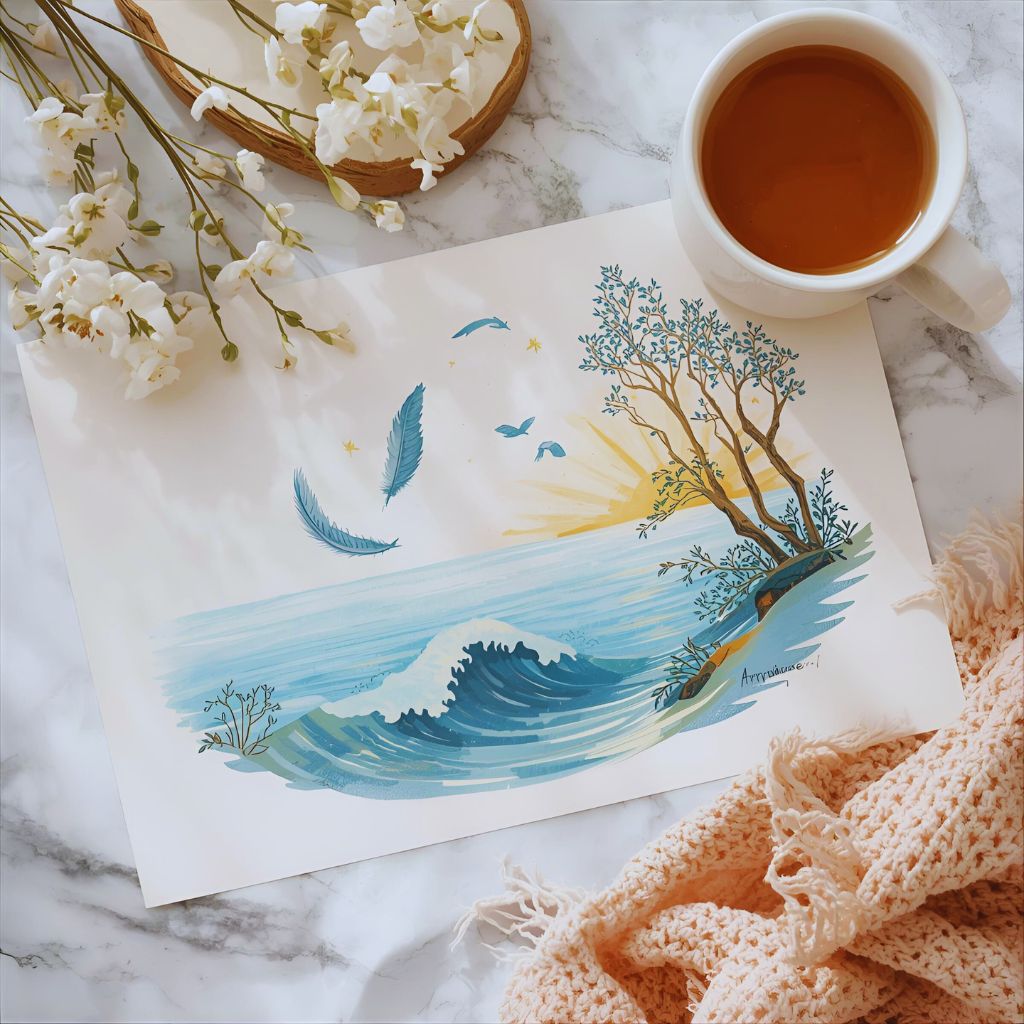
This art therapy prompt for relaxation invites you to explore what peace looks like to you.
How to do it:
- Close your eyes and take three deep breaths.
- Imagine a place, color, or image that feels peaceful.
- Open your eyes and draw it — without worrying about accuracy.
Maybe your calm looks like gentle waves, floating feathers, or sunlight through trees. There’s no wrong answer — this is your version of tranquility.
Why it helps:
By visually representing calmness, you’re reinforcing it in your mind. The more you revisit this image, the stronger your sense of inner peace becomes.
Try this: Hang your drawing somewhere visible as a reminder to breathe and slow down.
5. “Gratitude Garden” Drawing
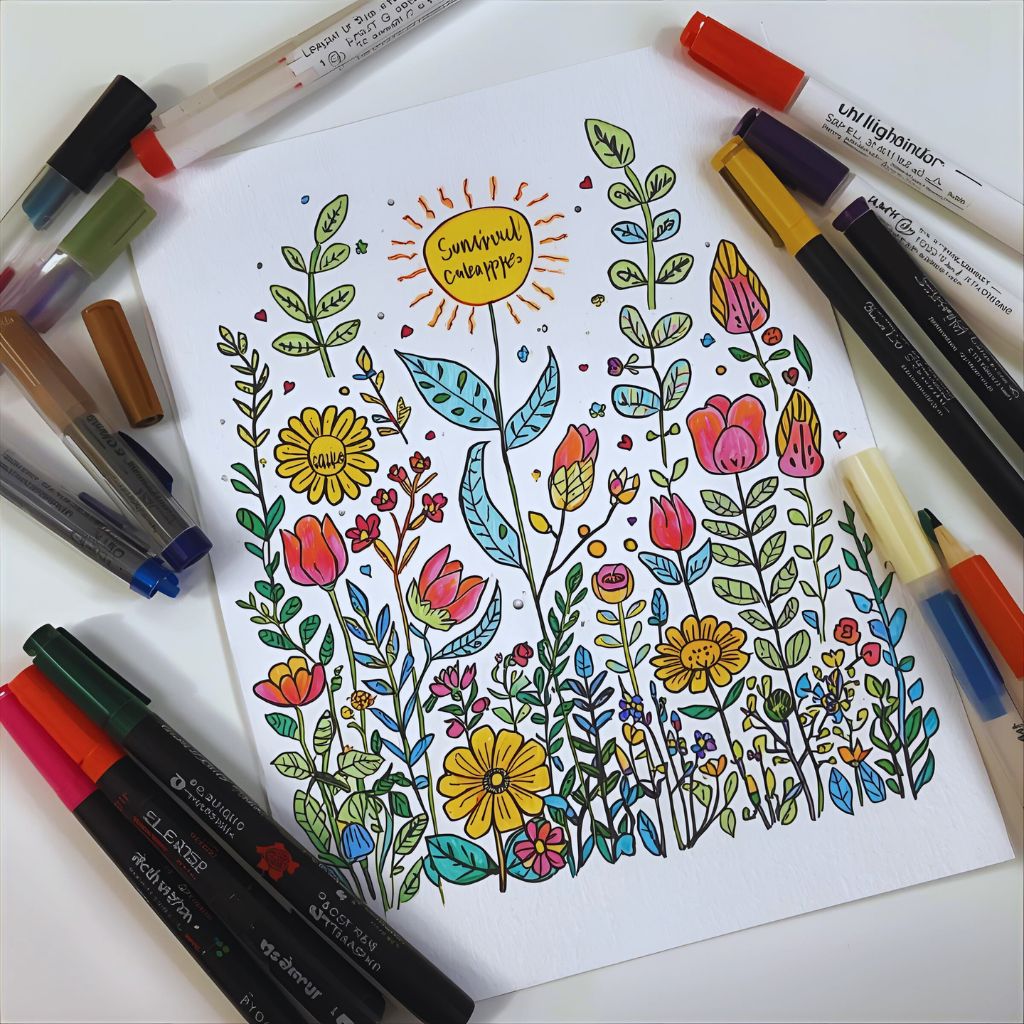
Gratitude is one of the most powerful antidotes to stress and anxiety. This prompt combines mindfulness with creative expression.
How to do it:
- Draw a garden or tree.
- Inside each flower, leaf, or branch, write something or someone you’re grateful for.
- Add colors and patterns that bring you joy.
It could be simple things — morning sunlight, your pet, your favorite song, or the smell of coffee.
Why it helps:
Practicing gratitude visually rewires your brain toward positivity. It helps you shift focus from what’s wrong to what’s right — creating a sense of balance and peace.
Pro tip: Make this a weekly ritual. Add a new flower or leaf every time you feel thankful for something new.
The Healing Power of Creative Expression
Art therapy is more than just drawing — it’s a way of understanding yourself without words. It connects you to your emotions, grounds your energy, and gives you permission to just be.
You don’t need perfection — you need presence.
Every stroke, every color, every tear or smile during the process matters. That’s where healing begins.
The next time anxiety or stress feels heavy, remember this:
You don’t have to fight your feelings — you can paint them, draw them, or color them into peace.
Final Thoughts
Whether you spend 5 minutes or an hour, these art therapy prompts for anxiety and stress relief can become your creative sanctuary — a space where your mind can breathe and your heart can rest.
So grab your colors, put on some soft music, and let your hands speak for your soul. The beauty you create will not just be on paper — it will be within you.
